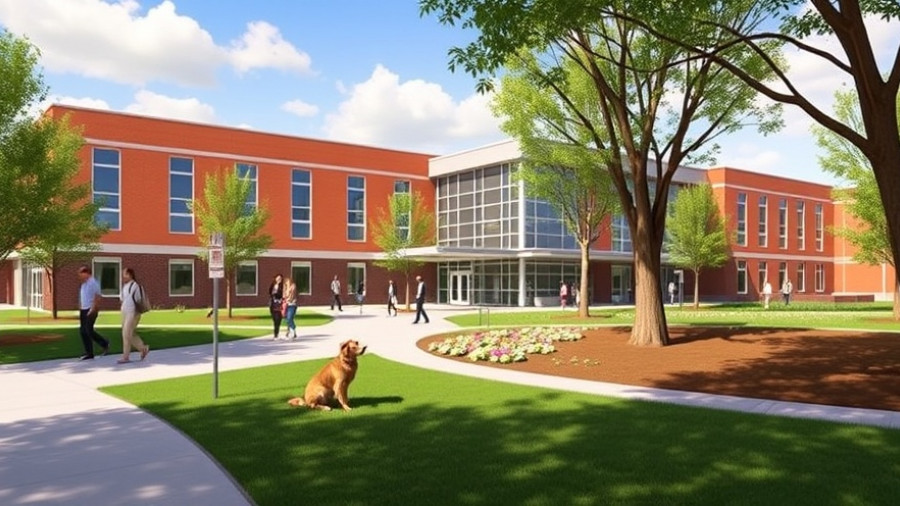
Bringing the Outdoors into Education
In a world increasingly focused on environmental issues, educators like Amanda Gladys from Walhalla High School are finding innovative ways to combine education with ecology. Gladys, a high school science teacher with a passion for the outdoors, believes that nature can serve as the most effective classroom. This past summer, she dedicated her time to hiking the Appalachian Trail, inspiring herself with the natural wonders that she later brings back to her students.
Hands-On Learning with Green Steps
Gladys is not just a teacher; she is shaping future environmental efforts through her curriculum. She has designed a course that aligns with the Green Steps initiative, aimed at fostering environmental responsibility among students. One of her standout projects involved her students planting native vegetation. This isn't just a lesson in botany; it's a proactive approach to combating shoreline erosion, aligning closely with real-world environmental challenges.
Engaging Students with Community Projects
In addition to planting, Gladys coordinates water quality tests at local sites like Oconee’s Station Cove Falls. These hands-on experiences allow her students to apply classroom knowledge to their surroundings. By evaluating the health of local waterways, they not only learn about ecosystem dynamics but also contribute to their community's environmental health.
A Dedicated Educator
As she purses her doctoral studies at Clemson’s College of Education, Gladys exemplifies the dedication that educators are showing to evolve learning. By aligning her teaching with initiatives like Green Steps, she underscores an essential trend in education—connecting students with their environment in tangible ways. Gladys's efforts reflect a broader movement in which educators prioritize ecological education, preparing students to inherit and protect the planet.
Inspiring Future Generations
Educators like Amanda Gladys are not just preparing students for exams; they are empowering them to become conscientious stewards of the environment. Through innovative projects and hands-on learning, she cultivates a sense of responsibility that reaches far beyond the classroom walls. These initiatives encourage students to think critically about environmental issues, preparing them for the challenges of tomorrow.
 Add Row
Add Row  Add
Add 




Write A Comment